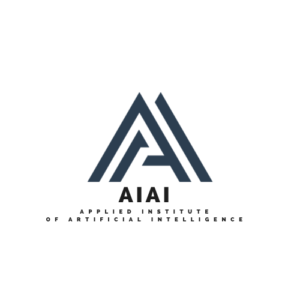E-learning and distance learning
E-learning and distance learning: When the classroom becomes virtual

The Future of Artificial Intelligence: A Technological Odyssey
In the early 2000s, online learning and distance education were terms often associated with non-traditional educational programs or ongoing professional training. Today, due to technological advancements and global events such as the COVID-19 pandemic, these teaching modalities have become the norm for millions of students and professionals worldwide. But what does online learning truly mean? What are its advantages, challenges, and the future of this educational approach?
A Historical Overview
Humble Beginnings There was a time when distance education amounted to envelopes, manuscripts, and the feverish wait for mail. The earliest attempts at education outside classroom walls were embodied by correspondence courses. These programs allowed students from rural areas, adult workers, or those who, for various reasons, couldn’t attend a traditional institution, to continue their studies. Although basic, these initial steps laid the groundwork for online learning, emphasizing the need to make education accessible to all, regardless of circumstances.
The Emergence of MOOCs The advent of the Internet changed everything. Massive Open Online Courses (MOOCs) were one of the most significant educational revolutions of the 21st century. Prestigious universities worldwide began offering courses for free or at minimal costs to anyone with an internet connection. Platforms like Coursera, edX, and Udacity became pillars of this new form of education, allowing students from all walks of life to access quality courses without leaving their homes.
Advantages of Online Learning
Flexibility Modern life is complex. Between family obligations, work, and other responsibilities, finding time to study can seem like an insurmountable mountain. Online learning comes to the rescue, offering unprecedented flexibility. Students can take classes at midnight or at dawn, review a lesson as many times as needed, and most importantly, learn at a pace that suits them.
Accessibility Imagine a student in rural Africa accessing a Harvard University course, or a worker in Asia following professional training from a European university. Online learning has shattered geographical barriers, making education global. This democratization of education has the potential to level the playing field for everyone, regardless of geography or economic status.
Personalization We all have different learning styles. Some of us are visual learners, others prefer to listen, and still, others learn by doing. Today’s online learning platforms use data and analytics to provide a personalized experience, adjusting content based on each student’s needs and preferences.
Challenges of Distance Learning
Social Isolation For many, college or school is not just a place of learning, but also a social space. Face-to-face interactions, in-class debates, and friendships form an essential part of the educational experience. Online learning can sometimes feel lonely and isolating, depriving students of these vital interactions.
Motivation The freedom of online learning can be both a blessing and a curse. Without the structure and routine of a traditional classroom, some students may find it challenging to stay motivated, follow a schedule, and avoid procrastination.
Technological Inequality Even in the digital age, access to technology is not universal. Some students might be in areas with intermittent internet connectivity, while others might lack access to modern equipment.
Looking Forward: What to Expect in the Next Decade?
Virtual Reality in the Classroom As technology continues to advance, online learning might soon become an immersive experience. Imagine studying Egyptian history inside a virtual pyramid or exploring cell biology from within a cell!
AI as a Teaching Assistant Artificial Intelligence is set to become the next major player in education. It could help identify a student’s weaknesses before they even realize, suggest supplementary resources, or even offer automated tutoring sessions.
The Hybrid Model: Combining the Best of Both Worlds The future of education might well be hybrid, combining the best of online and in-person learning. Students could attend online lectures and then meet in small groups for collaborative in-person work sessions, providing a more comprehensive and enriching educational experience.
Online learning and distance education have come a long way since their inception. While this approach presents challenges, it also offers incredible opportunities for innovation and accessibility. As technology evolves, we’re likely to see these boundaries expand even further, shaping the future of education for generations to come.
join us
Discover more exciting articles !
Explore our blog for informative articles on Artificial Intelligence, Data Science and much more. Stay up to date with the latest industry trends and best practices.
©2023 Applied Institute of Artificial Intelligence
Bienvenue sur le site de l'AI2, l'Applied Institute of Artificial Intelligence 📊- (Institut Appliqué d'Intelligence Artificielle) ! 😊

